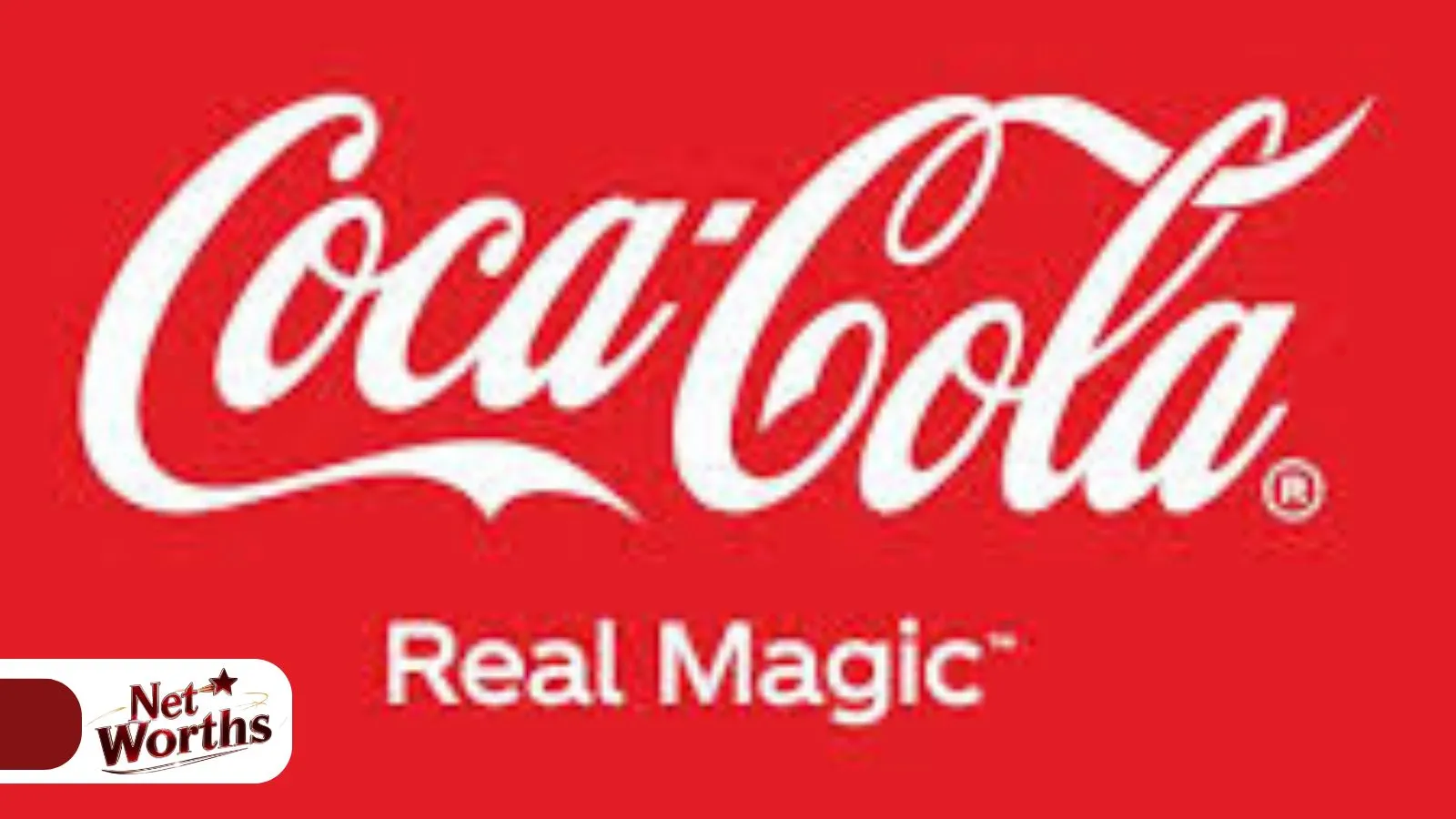Coca-Cola, one of the most iconic brands in the world, has a rich history and a vast product portfolio. From its humble beginnings to its current status as a global giant, Coca-Cola has significantly impacted the beverage industry and popular culture. This blog post provides an in-depth look at Coca-Cola’s history, business operations, marketing strategies, and its influence on society.
History of Coca-Cola
Origins and Creation
- Inventor: John Stith Pemberton
- Creation Date: May 8, 1886
- Initial Purpose: Originally intended as a medicinal tonic
John Stith Pemberton, an Atlanta pharmacist, invented Coca-Cola. Initially, it was marketed as a cure for various ailments, combining coca leaf extract and kola nut.
Early Development
- First Sales: Sold at Jacob’s Pharmacy in Atlanta, Georgia
- Price: 5 cents per glass
- Early Marketing: Frank M. Robinson, Pemberton’s partner, designed the Coca-Cola logo and coined its name.
Pemberton’s partner, Frank M. Robinson, played a crucial role in the early branding and marketing of Coca-Cola. The logo, written in Spencerian script, remains virtually unchanged today.
Expansion and Growth
- Acquisition by Asa Candler: 1889
- Incorporation: 1892
- First Bottling: 1894 in Vicksburg, Mississippi
Asa Candler, a businessman, acquired the rights to Coca-Cola in 1889 and established The Coca-Cola Company. He implemented aggressive marketing strategies and expanded distribution, making Coca-Cola a household name.
Product Portfolio
Flagship Product: Coca-Cola
- Original Formula: Contains caffeine, sugar, and a secret blend of flavorings
- Variations: Coca-Cola Classic, Diet Coke, Coca-Cola Zero Sugar
Coca-Cola’s flagship product remains its most popular, with numerous variations catering to different tastes and dietary preferences.
Other Beverages
- Carbonated Soft Drinks: Sprite, Fanta, Dr Pepper
- Juices and Nectars: Minute Maid, Simply Orange
- Sports Drinks: Powerade
- Water: Dasani, Smartwater
- Teas and Coffees: Honest Tea, Gold Peak, Costa Coffee
Coca-Cola’s extensive product portfolio includes a wide range of beverages, allowing it to cater to diverse consumer preferences across the globe.
Innovations and New Products
- Health-Conscious Options: Coca-Cola Life (sweetened with stevia), Diet Coke with different flavors
- Limited Editions: Seasonal and region-specific flavors
Coca-Cola continues to innovate by introducing health-conscious options and limited-edition flavors, keeping the brand relevant and exciting.
Business Operations
Global Presence
- Headquarters: Atlanta, Georgia, USA
- Global Reach: Operates in over 200 countries
- Bottling Partners: Over 250 bottling partners worldwide
Coca-Cola’s global presence is supported by a vast network of bottling partners, ensuring efficient production and distribution.
Financial Performance
- Revenue: Billions in annual revenue
- Market Capitalization: One of the most valuable brands in the world
- Stock Performance: Listed on the New York Stock Exchange (NYSE: KO)
Coca-Cola’s financial performance reflects its status as a leading player in the beverage industry, with consistent revenue growth and strong market capitalization.
Manufacturing and Distribution
- Production Facilities: Numerous plants worldwide
- Distribution Channels: Retail stores, restaurants, vending machines, online platforms
Coca-Cola’s efficient manufacturing and distribution network ensures its products are readily available to consumers globally.
Marketing Strategies
Iconic Advertising Campaigns
- “Share a Coke”: Personalized bottles with individual names
- “Taste the Feeling”: Focus on the emotional experience of drinking Coca-Cola
- Holiday Campaigns: Famous Santa Claus ads and Christmas truck commercials
Coca-Cola’s advertising campaigns have become iconic, with memorable slogans and imagery that resonate with consumers.
Sponsorships and Partnerships
- Sports Events: FIFA World Cup, Olympic Games
- Music and Entertainment: Collaborations with artists and sponsorship of music festivals
Coca-Cola leverages sponsorships and partnerships to enhance its brand visibility and connect with diverse audiences.
Digital and Social Media Presence
- Engagement: Active on platforms like Instagram, Twitter, and Facebook
- Campaigns: Interactive and user-generated content
Coca-Cola’s strong digital presence allows it to engage with consumers directly and create interactive marketing campaigns.
Social and Environmental Impact
Sustainability Initiatives
- World Without Waste: Commitment to collect and recycle a bottle or can for every one sold by 2030
- Water Stewardship: Efforts to replenish water used in production
- Renewable Energy: Investments in renewable energy sources for production facilities
Coca-Cola is committed to sustainability, implementing initiatives to reduce its environmental footprint.
Philanthropy and Community Engagement
- Coca-Cola Foundation: Supports community projects and disaster relief efforts
- Youth Programs: Scholarships and educational initiatives
Coca-Cola’s philanthropic efforts focus on community development, education, and disaster relief, reflecting its commitment to social responsibility.
Challenges and Controversies
Health Concerns
- Obesity and Diabetes: Criticism over the high sugar content in Coca-Cola products
- Labeling and Marketing: Controversies regarding marketing practices, especially to children
Coca-Cola has faced criticism for its role in health issues, prompting the company to introduce healthier product options and transparent labeling.
Environmental Impact
- Plastic Waste: Concerns over plastic pollution from Coca-Cola bottles
- Water Usage: Scrutiny over water usage in production, especially in water-scarce regions
The company continues to address environmental concerns through its sustainability initiatives and commitment to reducing plastic waste.
Conclusion
Coca-Cola’s journey from a small medicinal tonic to a global beverage giant is a testament to its innovation, marketing prowess, and adaptability. Despite facing challenges and controversies, Coca-Cola remains a leader in the industry, continuously evolving to meet consumer needs and environmental responsibilities. As the company looks to the future, its focus on sustainability, health-conscious products, and digital engagement will likely drive its continued success.










